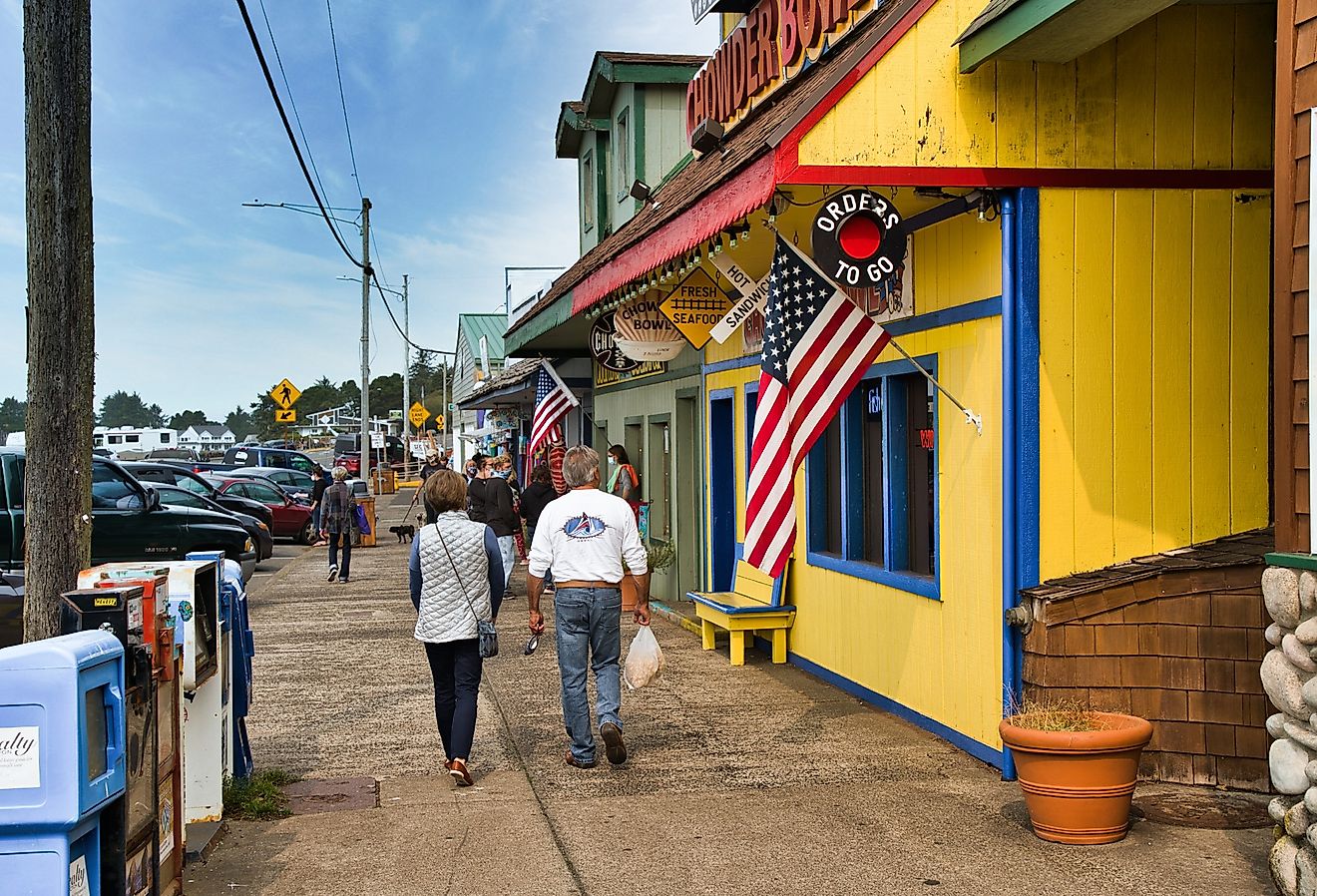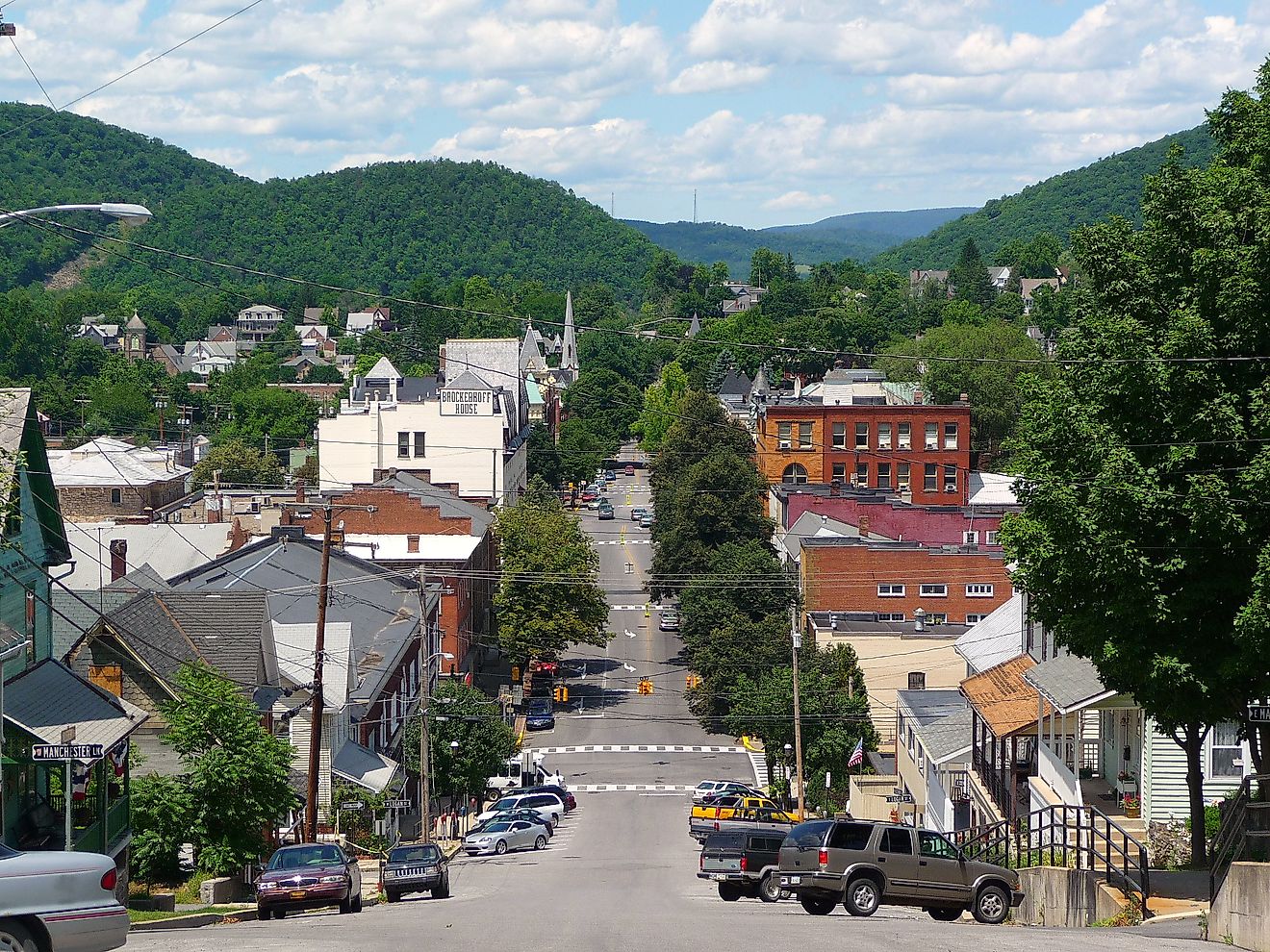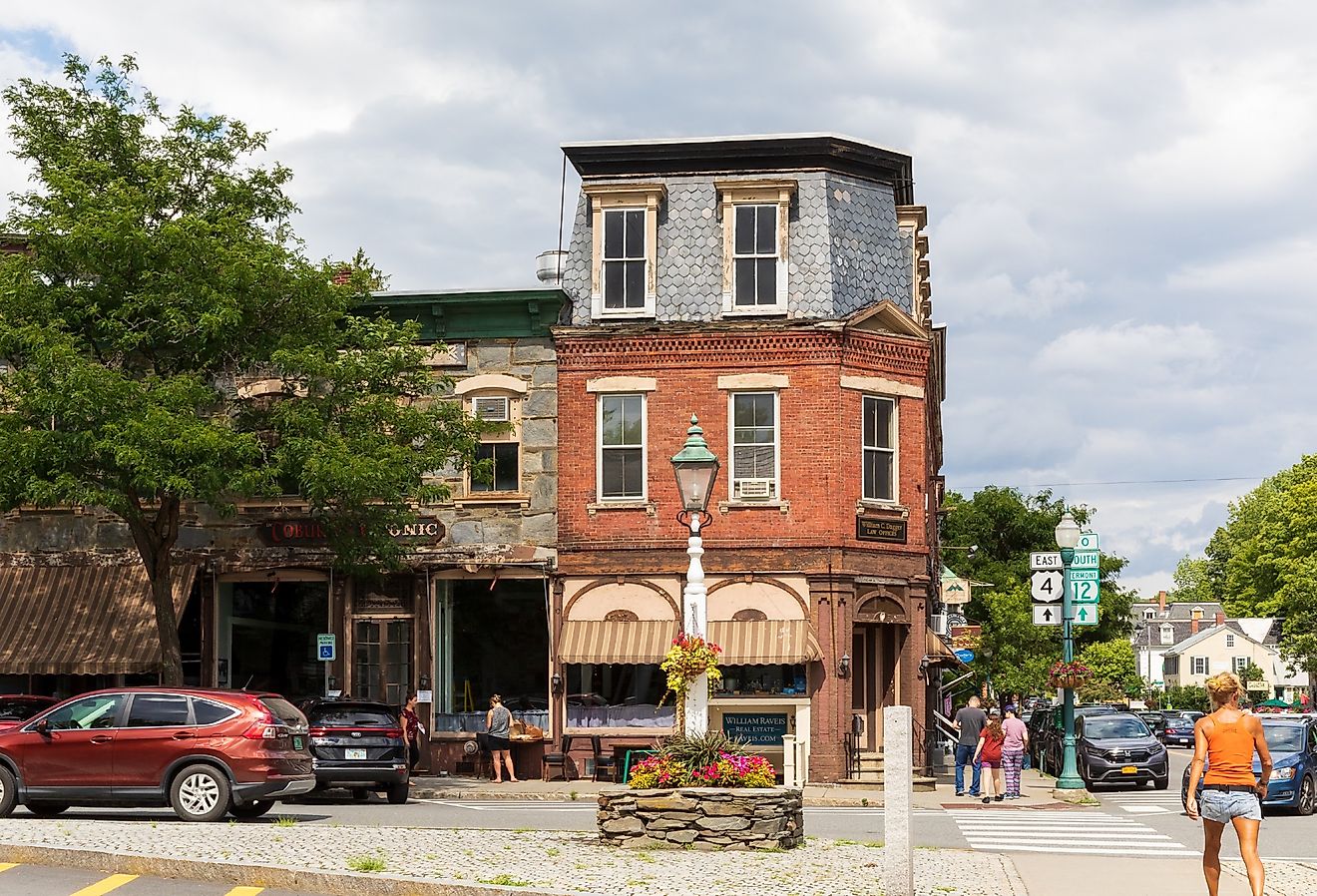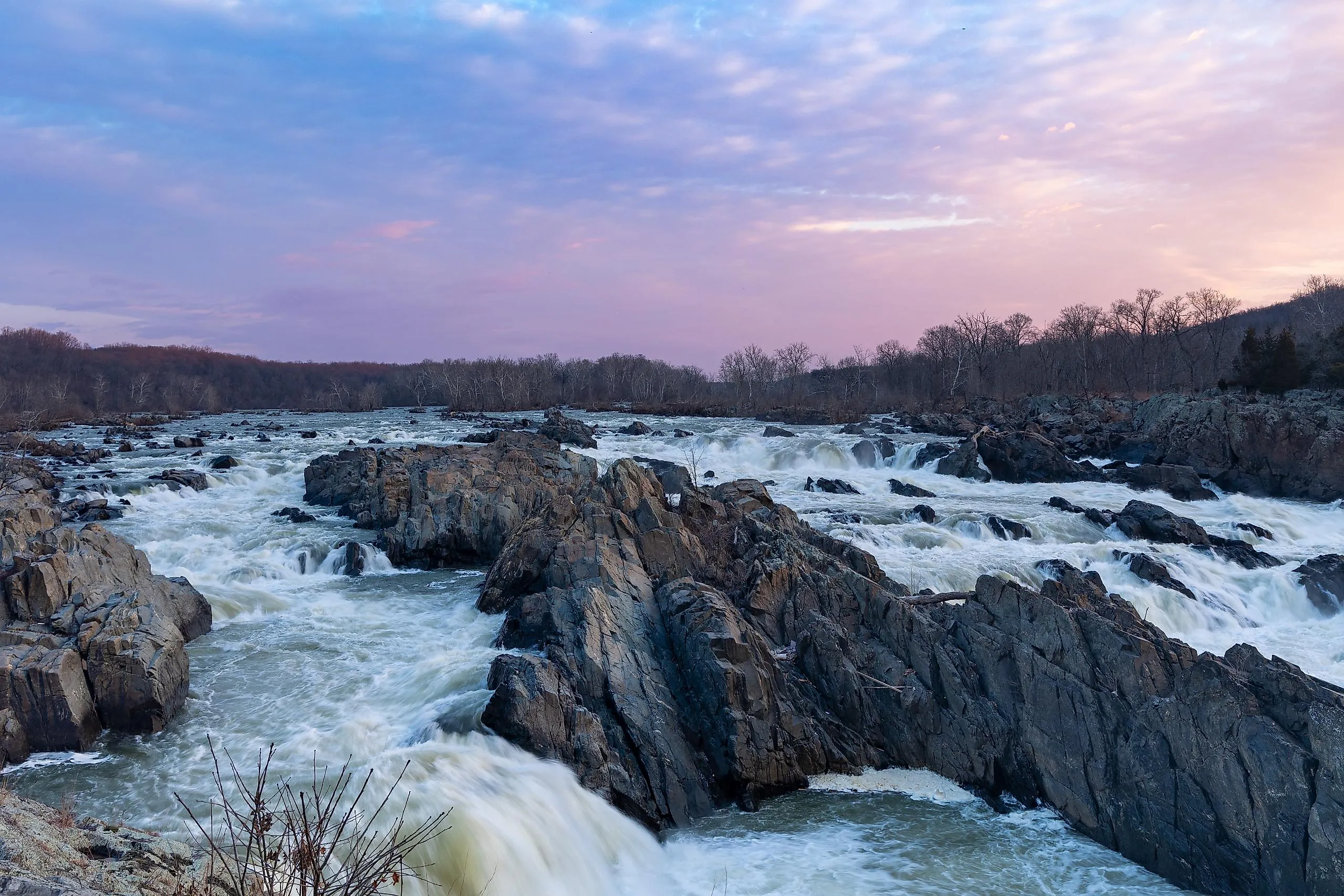
5 National & State Parks In Virginia You Have To Visit
The eastern state of Virginia, known for the Appalachian Plateau, Blue Ridge Mountains, Shenandoah Valley, and Atlantic coastline, is home to a wide network of breathtakingly scenic parks that showcase its natural beauty. There are 43 state parks and 22 national parks in which you’ll find more than 700 miles of trails from which to explore their varied landscapes. All those parks add up to a whole lot of family fun and adventure but you won’t have time to visit them all in one trip. Let's take a look at five national and state parks in Virginia that you have to visit — and then let's plan your vacation and gather some ideas for a return trip.
Shenandoah National Park
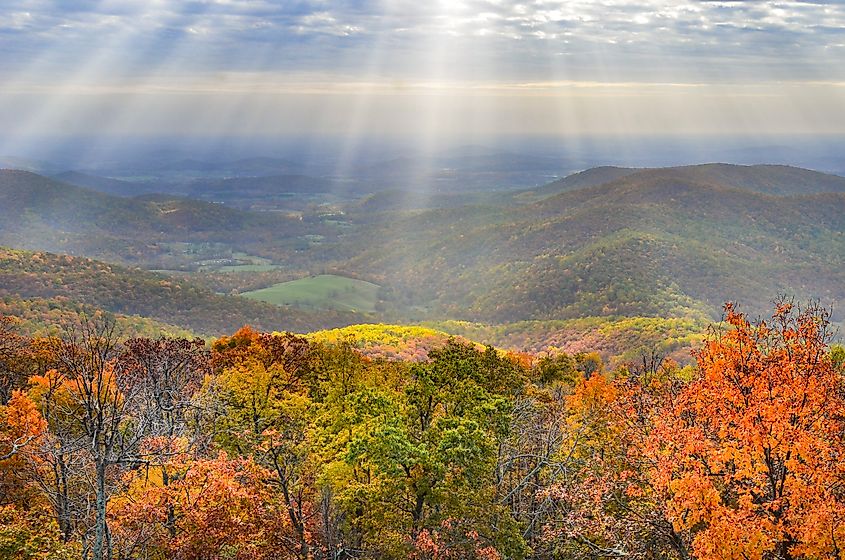
Shenandoah National Park covers over 200,000 acres of unspoiled wilderness in the Blue Ridge Mountains. It offers backcountry camping, hiking, fishing, biking, rock climbing, horseback riding, and wildlife viewing. The park is home to over 50 different mammal species including deer, bear, and bobcats. Regular ranger programs give visitors a chance to learn more about the park’s flora and fauna from an expert. Guided kids hikes and young naturalist programs are also available. The park is open year-round however the public road running through it, Skyline Drive, may close during bad weather.
Highlights of the Park
Big Meadows, a high elevation meadow, is one of the most popular areas of the park thanks to its beautiful floral landscape and stunning views. Here you’ll find the Byrd Visitor Center, picnic areas, a campsite, a lodge, and hiking trails.
Skyland is another popular stop. A former resort built in the 1890s, the park property is now home to a dining room, tap room, amphitheater, gift shop, and Skyland Stables where you can book a guided horseback ride.
Old Rag Mountain is one of the highest peaks in the parks and known for its incredible viewpoints. You need to earn those jaw dropping views however, climbing to the 3305ft summit is not easy and only experienced hikers should attempt the long trails in this part of the park. From March to October, visitors need to purchase a day use pass for the mountain in advance, in addition to their park entrance pass.
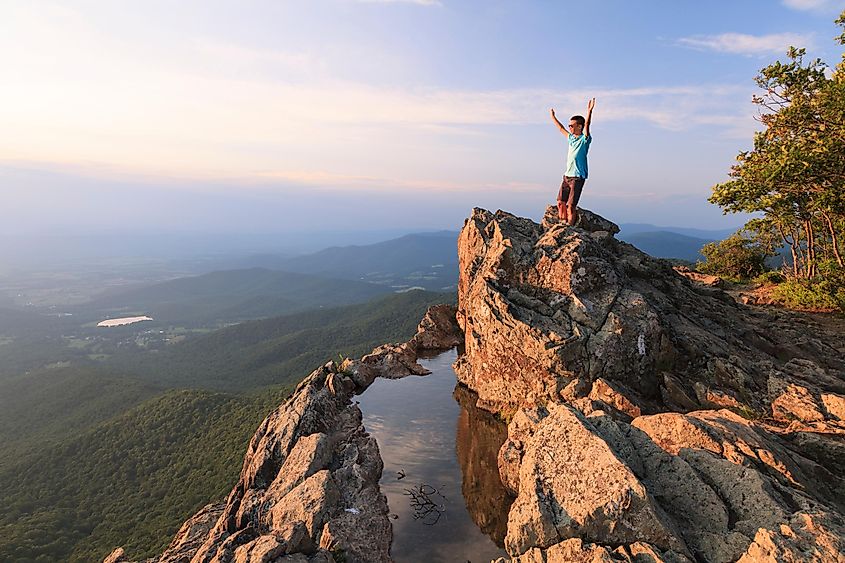
Tips for Visiting
If you’re hoping to catch a glimpse of some of the park’s wilder residents, visit at dusk or dawn when they are most active. Stay quiet and still and remember to keep a respectful distance.
The park is a great place to visit in the fall when the alpine foliage is ablaze with color. Fall colors tend to be at their peak during the second or third weeks of October. If you’re hoping to see the eye-catching wildflowers, plan for a spring visit as this is when they’re showing off their best blooms.
Sky Meadows State Park
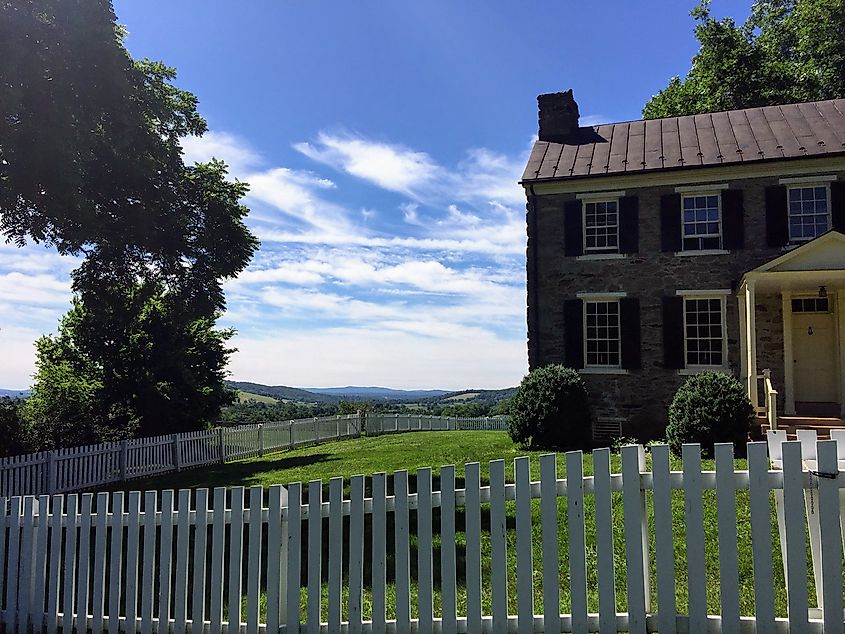
An 1,860 acre preserve in the lush Crooked Run Valley, Sky Meadows State Park features dense woodlands, rolling pastures, and a colonial-era farmstead. The park is open year-round, from 8am to dusk and has a visitors center, gift shop, nature and history programs, and children’s discovery area. There’s also in-hike camping, 10.5 miles of bridle trails, 22 miles of hiking trails, 9 miles of bike trails and Appalachian Trail access.
Highlights of the Park
Sky Meadows is an International Dark Sky Park, meaning that it offers visitors a chance to look at the dazzling night sky without the interference of light pollution. The dark sky observation area is at Turner Pond which is open after hours until 2am. The park holds monthly astronomy programs that give visitors the chance to view the stars through telescopes and learn about deep space.
If you’re an accomplished hiker, try the 1.7-mile Lost Mountain Trail to climb through the woods and into open meadows with stunning valley views. If you’re looking for something a little less strenuous, take the Piedmont Overlook Trail, a moderate 0.6-mile track with two viewpoints. There's also the historic Mount Bleak mansion, which provides tours.
Tips for Visiting
If you can, time your visit for one of the park’s seasonal events. The Great American Campout takes place on the fourth Saturday in June and Fall Farm Days take place in October. Both celebrate the history, natural diversity and agricultural heritage of Crooked Run Valley with fun events and games.
Great Falls Park
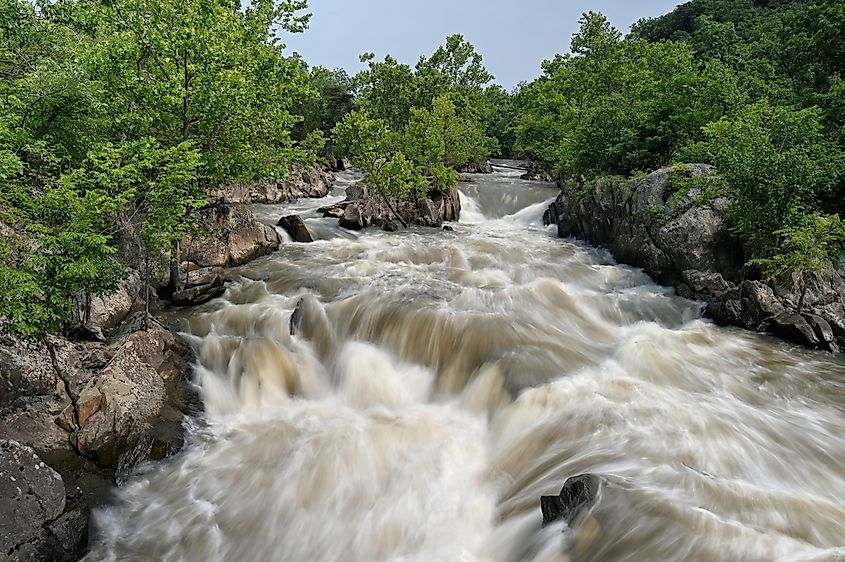
Just 15 miles from Washington DC, Great Falls Park covers a historic natural area around the Potomac River as it rushes through the Mather Gorge. The centerpiece of the park is the rushing falls and there are three scenic overlooks within a short walk of the Visitor Center. Swimming is not permitted in the park as the river currents can be dangerous but experienced kayakers are welcome to try whitewater rafting on the Class II - Class VI rapids.
Highlights of the Park
There are 15 miles of trails in the park but you’ll get the best river views from the River Trail. A 3-mile trip there and back, this hike takes you along the banks of the Potomac along a ridge on top of the cliffs. While not an easy hike, there is some climbing and rocky terrain, the spectacular views are well worth the effort.
The park includes the historic Patowmack Canal, one of the country’s first canals, which opened in 1802. The 1.25-mile Patowmack Canal Trail follows the remains of the canal and passes all three scenic overlooks as well as the picnic area.
Tips for Visiting
Bring your binoculars! There are lots of opportunities for birdwatching around the park, which is home to 163 species including woodpeckers, kingfishers, vultures, and songbirds.
If you’re in the park at 1 p.m. on a weekend, try to catch the Ranger Talk at Overlook 3. This presentation delves into the history of the Patowmack Canal through the eyes of Capt. George Pointer, a formerly enslaved African American, who began working on the canal at the age of 13 and eventually became superintendent of the Patowmack Canal Company.
Pocahontas State Park
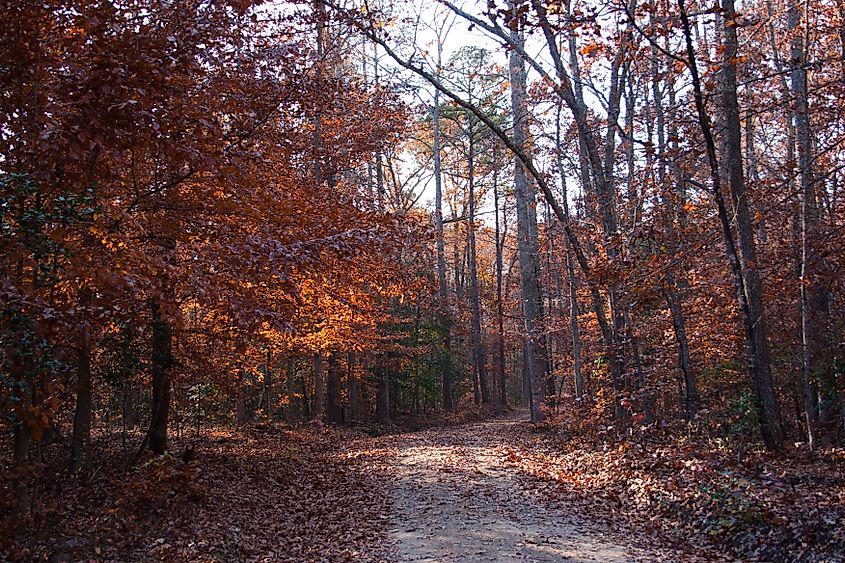
Virginia’s largest state park, Pocahontas State Park contains three lakes, a museum, 90 miles of trails, an aquatic center, and an amphitheater. Built by the Civilian Conservation Corps during the Depression, the preserve was originally known as the Swift Creek Recreational Demonstration Area but changed its name in the 1940s following a contest among local schoolchildren to pick a more distinctive title.
Highlights of the Park
If you’re visiting with the kids in summer, you’ll love the family-friendly Aquatic Center which includes a toddler pool, fountain wet deck, swimming pools, and water slides.
For more grown-up fun in the water, rent a boat and explore the 225-acre Swift Creek Lake, a beautiful fishing spot popular with local anglers. Paddleboard, kayak, canoe, and paddle boat rentals are available to rent from Memorial Day through to Labor Day.
The CCC Museum honors the laborers of the Civilian Conservation Corps. Housed in the original CCC building, the museum details their accomplishments in Virginia while living in times of great economic hardship. The museum is open Friday afternoons, and on Saturdays and Sundays from 10 a.m. to 4 p.m.

Tips for Visiting
Check the park’s event schedule before visiting. From May to October, the 2,000-seat amphitheater plays host to musical concerts of all genres as part of the park’s Pocahontas Premieres program.
Colonial National Historical Park
The Colonial National Historic Park celebrates the birth of America, from the country’s early roots as a British colony through to Independence. The park is divided into three districts — Historic Jamestown, Glasshouse, and Yorktown Battlefield.
Highlights of the Park
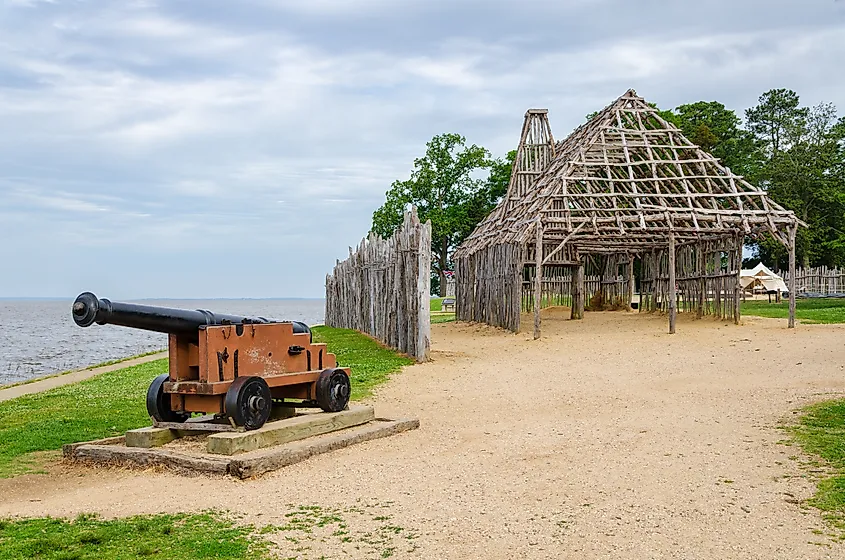
Jamestown was founded by Virginia Company settlers in 1607 as the newly arrived settlers sought to make a home in the new world. Thanks to the efforts of historians and archaeologists you can now view original artifacts from the settlement in the Archaerarium Museum which brings the story of Jamestown to life through its fascinating exhibits.
One of the first industries in the English colony was glassblowing. Stop by Glasshouse to see a live demonstration of this intricate art as crafters in period dress make glass using the tools and techniques from 1608. Demonstrations take place daily.
The Yorktown Battlefield is the site of the last major battle of the Revolutionary War where George Washington defeated the British General Cornwallis. View a Victory Monument commemorating the battle or catch an artillery firing demonstration to get a taste of the battlefield.
Tips for Visiting
If you’re short on time while visiting the park, drive the 23-mile Colonial Parkway to catch the sights from the car. The scenic byway stretches from Yorktown to Jamestown combining key sites from colonial history with stunning Virginia scenery as it travels through hardwood forests, along rivers, and over rolling hills.
Historic and Scenic
Outdoor enthusiasts and nature-lovers will find the vacation of a lifetime in Virginia’s pristine parks. But these lush pieces of paradise aren’t just beautiful, and they’re not just ecologically important. Virginia’s parks are also a window into the state’s history and culture. Honor the CCC workers who made parks possible, see where English colonists set America on a course for Independence, visit the place where George Washington effectively ended the Revolutionary War. A trip to the park is so much more than a fun day out in the fascinating and beautiful Old Dominion State.




